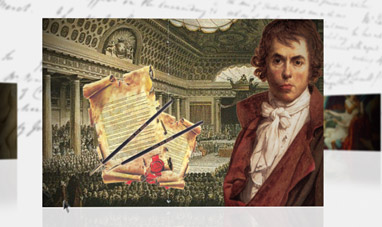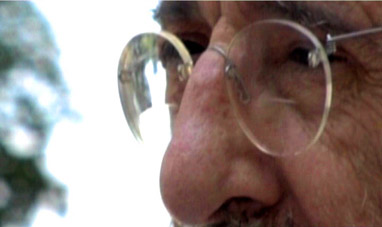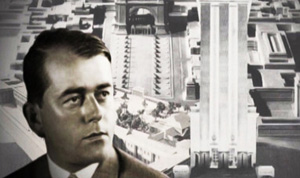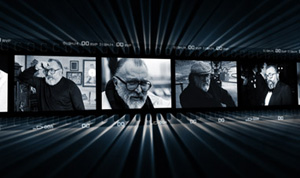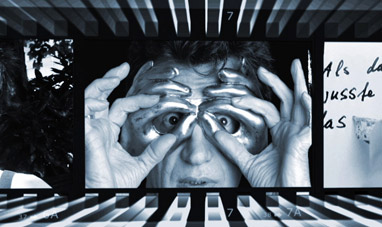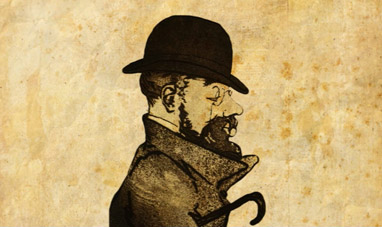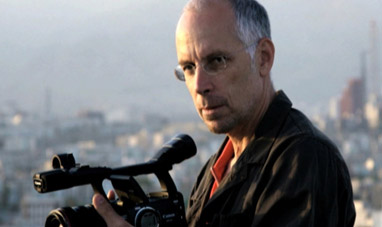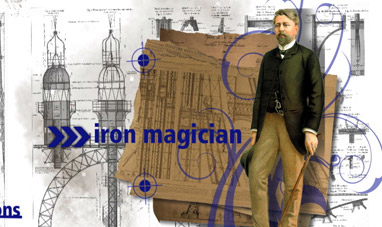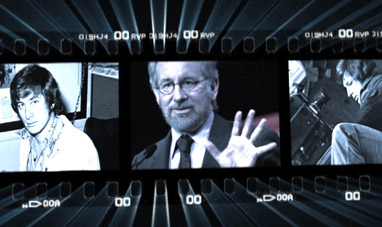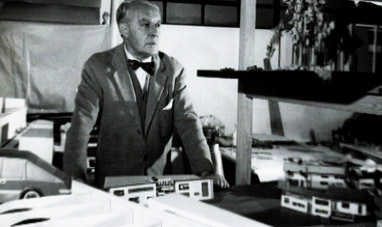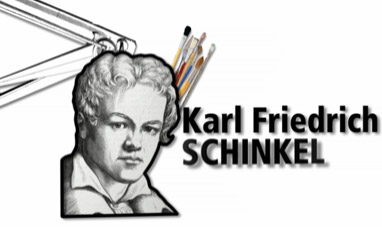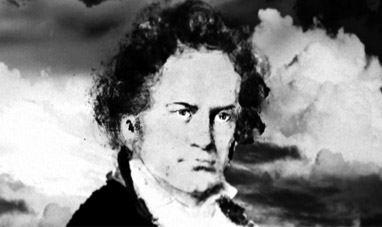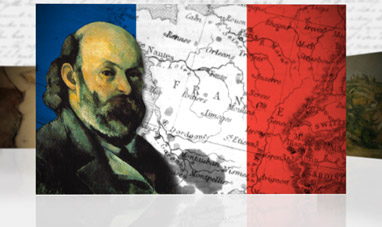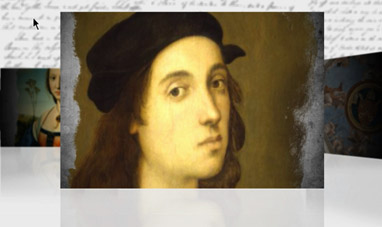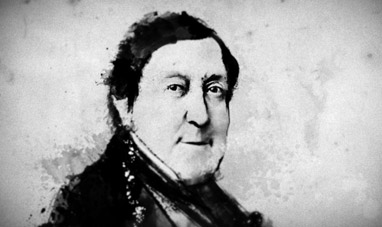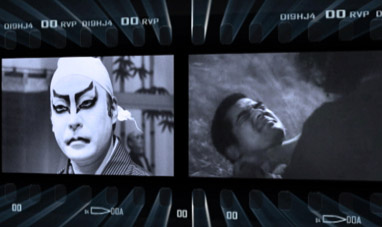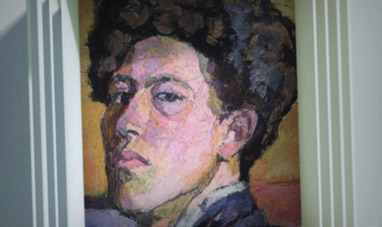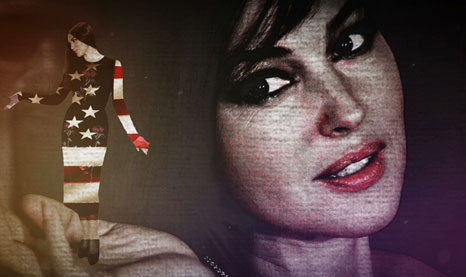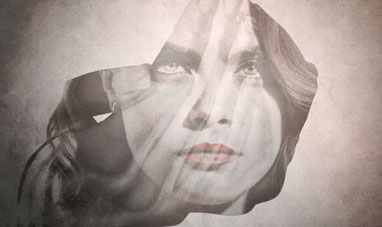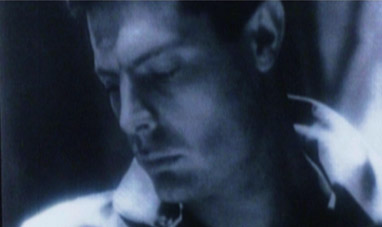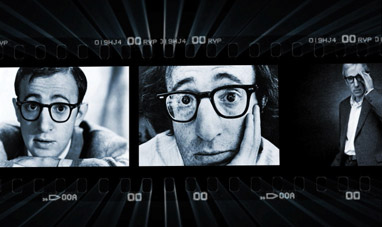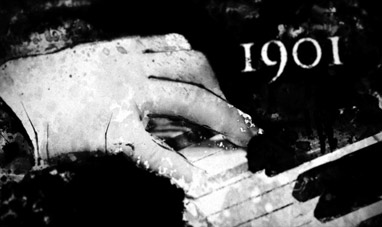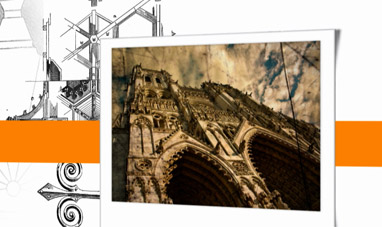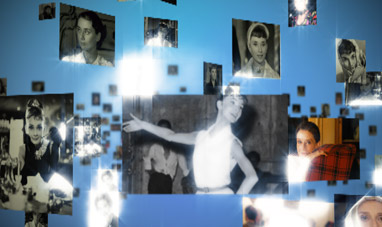Stanley Kubrick was an American director and filmmaker, generally considered one of the genre’s most important artists. He was born in New York on July 26, 1928. Interested in photography, Kubrick began working when he was 17 as an apprentice photographer at the prestigious magazine Look. A few years later he got an offer to shoot a documentary. Kubrick discovered his passion for cinema. His first full-length, 1953 film Fear and Desire was heavily experimental. In 1955 he made Killer’s Kiss, a dream-like love story between a boxer and a ballerina.
Kubrick’s interest in the ways man is conditioned by society and the wanderings of the human mind were already evident in this early film. In 1956 he shot the noir The Killing, the story of a robbery that fails due to an unforeseen event. Next he made the war film Paths of Glory, which proved a critical success thanks to its juxtaposition of formal cinematography and the madness of war. But unfortunately, the film was not successful at the box office. Kubrick struggled to find people willing to finance his films. He substituted for his colleague Anthony Mann on the epic Spartacus, Kubrick’s only film that was not his own project from start to finish. In 1962 he went to Britain to make Lolita, about a man’s obsessive love for a 15-year-old girl. After the film, he decided to leave the US for good and move to London.
In 1964 he returned to war themes with Dr. Strangelove, a film that focused on the delirium of omnipotence and used war as a grotesque metaphor for sexual compulsions. In 1968 he shot the science fiction movie 2001: A Space Odyssey. Kubrick reduced dialog to a minimum, leaving space only for the images and music. As a result, the film was a visual and sensorial experience that transported the audience on a voyage through the history of mankind – as well as through the history of cinema. A Clockwork Orange tells the story of the lawless criminal Alex, who undergoes an innovative and disturbing form of re-education. The movie was banned in Great Britain due to the disturbing violence of some of its scenes.
In 1975 he directed the historical movie Barry Lyndon. Inspired by 18th-century artwork, Kubrick made a film without the use of artificial light. Kubrick used a special lens designed for the aerospace industry to shoot many of the film’s candlelit scenes. In 1980 he made The Shining. In the film, a place with a terrible past drags a man down into madness. Starring Jack Nicholson, The Shining became an instant horror classic. In 1987 he made Full Metal Jacket, another war movie and a hallucinatory meditation on the conflict between man and society. His last film was Eyes Wide Shut, a dark journey into the fears and hidden desires of the human mind. Stanley Kubrick died of a heart attack on March 7, 1999. He was 70.
Kubrick’s interest in the ways man is conditioned by society and the wanderings of the human mind were already evident in this early film. In 1956 he shot the noir The Killing, the story of a robbery that fails due to an unforeseen event. Next he made the war film Paths of Glory, which proved a critical success thanks to its juxtaposition of formal cinematography and the madness of war. But unfortunately, the film was not successful at the box office. Kubrick struggled to find people willing to finance his films. He substituted for his colleague Anthony Mann on the epic Spartacus, Kubrick’s only film that was not his own project from start to finish. In 1962 he went to Britain to make Lolita, about a man’s obsessive love for a 15-year-old girl. After the film, he decided to leave the US for good and move to London.
In 1964 he returned to war themes with Dr. Strangelove, a film that focused on the delirium of omnipotence and used war as a grotesque metaphor for sexual compulsions. In 1968 he shot the science fiction movie 2001: A Space Odyssey. Kubrick reduced dialog to a minimum, leaving space only for the images and music. As a result, the film was a visual and sensorial experience that transported the audience on a voyage through the history of mankind – as well as through the history of cinema. A Clockwork Orange tells the story of the lawless criminal Alex, who undergoes an innovative and disturbing form of re-education. The movie was banned in Great Britain due to the disturbing violence of some of its scenes.
In 1975 he directed the historical movie Barry Lyndon. Inspired by 18th-century artwork, Kubrick made a film without the use of artificial light. Kubrick used a special lens designed for the aerospace industry to shoot many of the film’s candlelit scenes. In 1980 he made The Shining. In the film, a place with a terrible past drags a man down into madness. Starring Jack Nicholson, The Shining became an instant horror classic. In 1987 he made Full Metal Jacket, another war movie and a hallucinatory meditation on the conflict between man and society. His last film was Eyes Wide Shut, a dark journey into the fears and hidden desires of the human mind. Stanley Kubrick died of a heart attack on March 7, 1999. He was 70.

